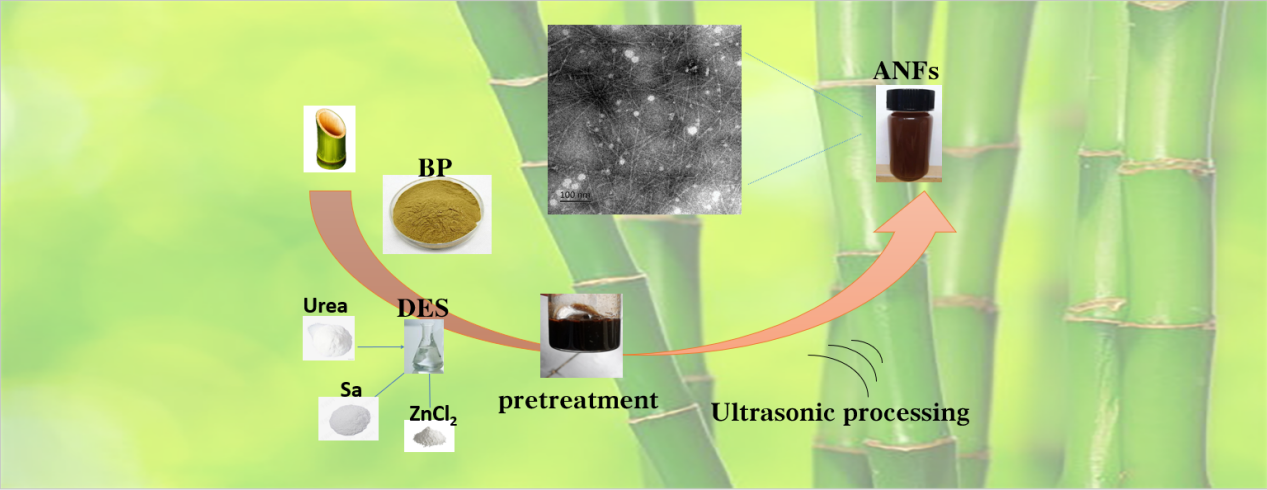 Open Access
Open Access
ARTICLE
Study on Preparation of Lignin-Containing Nanocellulose from Bamboo Parenchyma
1 College of Materials Science and Engineering, Nanjing Forestry University, Nanjing, 210037, China
2 College of Civil Engineering, Nanjing Forestry University, Nanjing, 210037, China
3 Bamboo Engineering and Technology Research Center, State Forestry and Grassland Administration, Nanjing, 210037, China
* Corresponding Author: Bin Xu. Email:
(This article belongs to the Special Issue: Advanced Wood Composites from Renewable Materials)
Journal of Renewable Materials 2022, 10(2), 385-399. https://doi.org/10.32604/jrm.2022.016457
Received 07 March 2021; Accepted 26 April 2021; Issue published 30 August 2021
Abstract
Bamboo vascular bundle fiber and parenchyma (BP) are separated by high-temperature treatment with saturated steam. Bamboo vascular bundle fiber is widely used in the market, but how to develop and utilize parenchyma tissue is a difficult problem. The sulfated cellulose nanofibers (ANFs) were obtained by sulfating BP with a deep eutectic solvent (DES), which provided a theoretical basis for the value-added utilization of BP. Using DES as the reaction medium and reagent, the BP was grafted with a sulfonic acid group to form a gel substance in water, ANFs and nanocellulose gel were obtained by ultrasonic cell crusher. The highest yield of ANFS was 75%. The width of the ANFs was about 3 nm, and a small number of nanofiber aggregates existed at the same time. A high aspect ratio of ANFs, due to their high viscosity, has potential applications as enhancers at low concentrations. Lewis acid (ZnCl2) added based on binary (DES) greatly improved the thermal stability of the ANFs and maintained the crystal form of cellulose I.Graphic Abstract

Keywords
Cite This Article
Citations
 Copyright © 2022 The Author(s). Published by Tech Science Press.
Copyright © 2022 The Author(s). Published by Tech Science Press.This work is licensed under a Creative Commons Attribution 4.0 International License , which permits unrestricted use, distribution, and reproduction in any medium, provided the original work is properly cited.


 Submit a Paper
Submit a Paper Propose a Special lssue
Propose a Special lssue View Full Text
View Full Text Download PDF
Download PDF

 Downloads
Downloads
 Citation Tools
Citation Tools